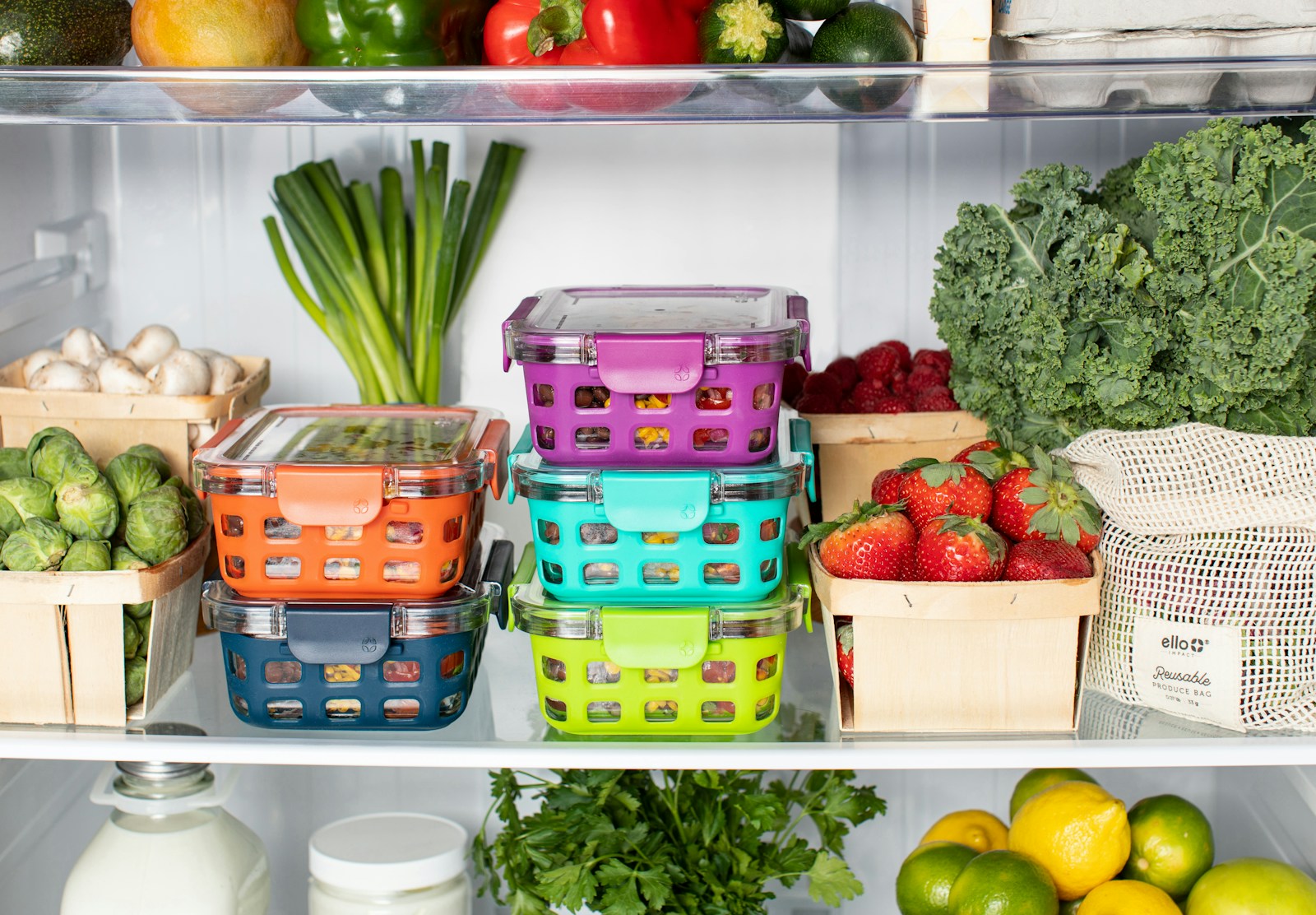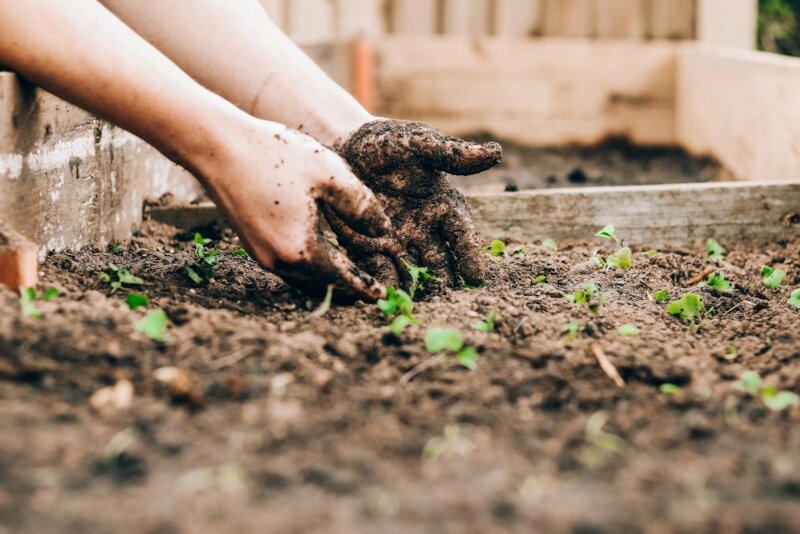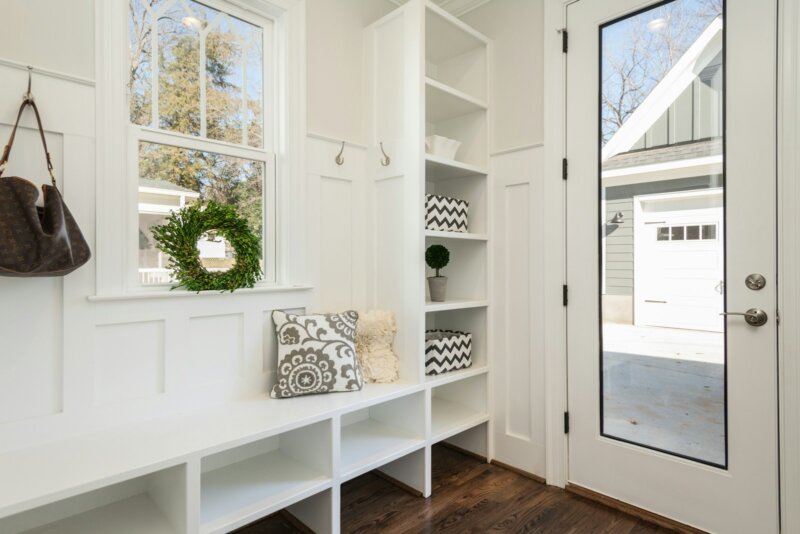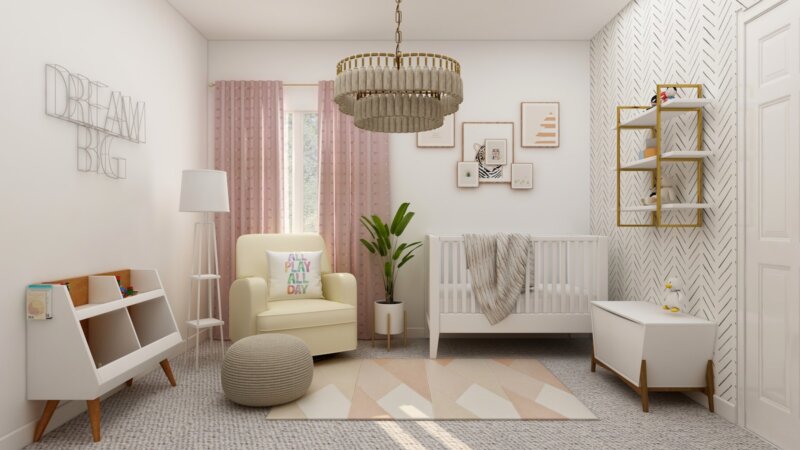Feel lost or crowded while preparing dinner? A kitchen works better when each area supports meal prep, cooking, cleaning, and storage. I learned this during a remodel that turned a cramped space into a smooth system for food preparation. This guide shares simple kitchen organization moves, clear cooking zones, and storage solutions that save time. You will enjoy meal preparation more, and your kitchen will feel calm and fast.
Optimizing Kitchen Flow
A good kitchen layout makes meal prep easy and quick. Smart kitchen organization helps you move cleanly through cooking zones, so tasks feel lighter. Designers often use the work triangle, the path between the refrigerator, sink, and stove, to cut extra steps.
Identifying high-traffic areas
High-traffic paths usually run from the fridge to the sink, stove, and prep counter. These routes can clog fast during busy times. A U-shaped layout often cuts cross-traffic and keeps movement safe and smooth. Open plans may add traffic near snack zones or a pass-through window.
Spot the choke points, then fix them with small moves. Try this quick map:
- Trace your steps for one full week during meal prep.
- Mark tight spots with painter’s tape on the floor.
- Shift tools or appliances that cause stops and starts.
- Give kids a snack drawer away from the main prep area.
Place equipment with care to support the flow. Seeing the patterns makes it easier to reduce congestion and boost workflow for both cooking and cleaning.
Creating an efficient layout
Divide the space into clear zones, prep, cooking, cleaning, storage, and serving. Keep the refrigerator close to the sink and stove, this follows the work triangle and saves steps. Add a rolling cart or a small table near the counter if space is tight. Extra surface area helps during batch cooking.
Avoid crowding the center with too many stools or a bulky island. Install bright task lighting over prep areas for safety. Store tools where they are used most, mixing bowls by the prep zone, pots next to the stove. Choose your spatial setup based on how you cook, not just how cabinets look.
The goal is smooth traffic patterns. For example, set a grab-and-go snack spot off to the side. That keeps helpers out of the path while vegetables get chopped.
Essential Meal-Prep Stations
A smart station plan makes daily meal prep faster. Clear workstations improve food preparation, workstation focus, and countertop efficiency. Use the ideas below to build a setup that fits your routine.
Cooking Station
The Cooking Station gathers most of your cooking gear, except food that lives in the pantry or fridge. Move pots and pans to shelves that keep them easy to reach. Heavy pieces should sit no higher than shoulder height.
Keep pot lids in a basket, matched by size, to find the right lid fast. Place cooking utensils in a drawer by the stove for quick grabs. Store spices in glass jars with clear labels inside a shallow drawer so labels face up. That keeps them visible and easy to scan.
Everyday dishes can sit in a nearby cabinet to speed plating. Place flatware and knives in an island drawer to keep counters clear. One drawer for oven mitts, towels, and dishcloths near the range supports a smooth workflow.
Baking Station
Set the Baking Station on the island or a long counter parallel to the oven. Keep cookie sheets, cake pans, and baking tools together. Dry goods like flours and sugars do well in glass jars. Mixing bowls can stack on a shelf, and metal baskets can hold cookie cutters and small tools.
Parking the stand mixer on the counter makes year-round baking easier. Cleanup feels fast when this station sits near both the sink and oven. A cabinet under the spice rack can hold casserole dishes and deep bakeware within reach. Use acrylic trays or dividers to sort measuring spoons, spatulas, and whisks in the nearest drawer.
No island? Try a mobile workstation or a base cabinet with pull-outs to keep baking gear in one place.
Drink Station
Place the Drink Station between the refrigerator and the coffee bar for quick access. Keep all glassware in one cabinet here, water glasses, juice glasses, and flutes. This reduces steps during breakfast and parties.
Group smoothie supplies in a basket inside the smoothie cabinet. Keep the blender, protein powder, and add-ins together for faster mornings. Coffee lovers can stock drawers under the drink cabinet with beans, filters, and mugs. Move bar items to a shelf by the dining area, not over the range, for better flow and safer storage.
Lunch Prep Station
Set the Lunch Prep Station across from the drink zone, close to the refrigerator. Stock it with storage containers, napkins, and to-go flatware. Add a small trash can for fast cleanup. Keep lids in a basket and nest containers to save space. Sort and remove extras once a month.
The Valleyhike Lunch Prep Station costs $49.99 and measures 17.72 inches long, 6.93 inches wide, and 11.81 inches high. It includes a drawer organizer for utensils, a detachable cutting board, two vegetable peelers, five interchangeable blades, four reusable food storage containers with measurement marks, and a phone stand for recipe viewing. Customers rate it 4.6 out of 5 stars for clutter control and function as a prep station.
Cleaning Station
A tidy kitchen makes every task work better. Place the Cleaning Station near the sink for easy access. Use cabinets for gloves, cleaning sprays, and trash bags. If kids or pets are in the home, lock this storage for safety.
Many homes use a recycling and trash cabinet under the sink. Removable bins make waste disposal quick. Keep a drawer nearby for paper goods, wax paper, aluminum foil, and zip bags. Some stations include a small tablet stand, helpful for following a recipe while wiping counters.
Group all kitchen cleaning supplies in one spot to boost efficiency. Pick dishwasher-safe cutting boards and containers so sanitizing after prep is simple.
Smart Storage Solutions
Smart storage builds a calm kitchen and boosts countertop efficiency. Give every item a clear home so tools and ingredients are simple to find. That means faster meal prep and fewer lost pieces on busy days.
Maximizing cabinet space
Pull-out shelves and deep drawers make it easy to see the back of a cabinet. Corner units work better with Lazy Susans or Magic Corners, both bring items to the front. Tall storage and slim pull-out pantries add space without taking more floor area.
Add extra shelves for small items like spices and baking goods. An appliance garage, a counter cabinet with a roll-up or lift door, hides tools like blenders but keeps them ready. Concealed trash and recycling bins fit well in lower cabinets, keeping messes hidden yet easy to reach.
Declutter often to free space fast. Keep only what you use. Labeled containers help maintain order and make every inch count.
Using labeled containers for ingredients
Labeled containers make ingredients easy to spot and grab. Glass jars work well for spices, especially lined in a drawer with labels on top. Plastic, glass, or silicone containers keep dry goods fresh and stop spills.
Use baskets or metal bins to group baking items like flours and sugars. Clear labels speed cooking since you do not hunt for items. Reusable storage boxes with measurement marks are great for a prep station. You can see how much is left at a glance.
Incorporating drawer dividers
Even with labeled jars, drawers can get messy. Drawer dividers and inserts add structure. Utensil trays, adjustable dividers, and in-drawer knife blocks keep tools sorted and safe. Acrylic trays hold spatulas, whisks, and measuring spoons near the baking station.
Dividers protect fragile items when drawers open and close. Organized storage saves time because tools are easy to see and grab. These simple accessories improve drawer function and reduce clutter.
Tips for Decluttering and Maintenance
Good systems need light upkeep. Small weekly habits keep each station ready for action and make kitchen organization last long term.
Regularly cleaning and organizing stations
Give each station a quick tidy once a week. Five to fifteen minutes is enough to reset order. Clean the refrigerator weekly and toss expired food to make room for new groceries.
Start with decluttering, then wipe surfaces before items go back. Involve family members in simple tasks. Kids can straighten drawers or wipe counters. Refresh the pantry and drawers so every tool is ready for the next meal.
Organized stations also make rotating unused tools easier. That keeps storage lean and your workflow smooth. See how keeping only what you use improves kitchen efficiency.
Rotating unused tools and items
After a reset, review all drawers and shelves for items you rarely use. If both an Instant Pot and a rice cooker take space, pick the one used most. Store or donate the other to clear the counter. Follow a one-in, one-out rule to keep inventory under control.
Set a donation bin near the door for quick drop-offs. Labeled boxes help sort items to give away or sell. Tool rotation frees space, supports a simpler layout, and makes daily meal preparation easier.
Bottom Line
A meal-prep friendly kitchen makes cooking smooth and quick. Organized workstations, clear cooking zones, and smart storage solutions work together to save time. Focus on a kitchen layout that fits how you cook. Group tools and ingredients by use, then place them within reach. Start small or redo a full zone, both paths bring real gains.
Store cleaners safely and keep knives secured. With a few focused steps, your kitchen organization will support faster meal prep and a calmer day. Try the ideas that fit your space, then build from there.







